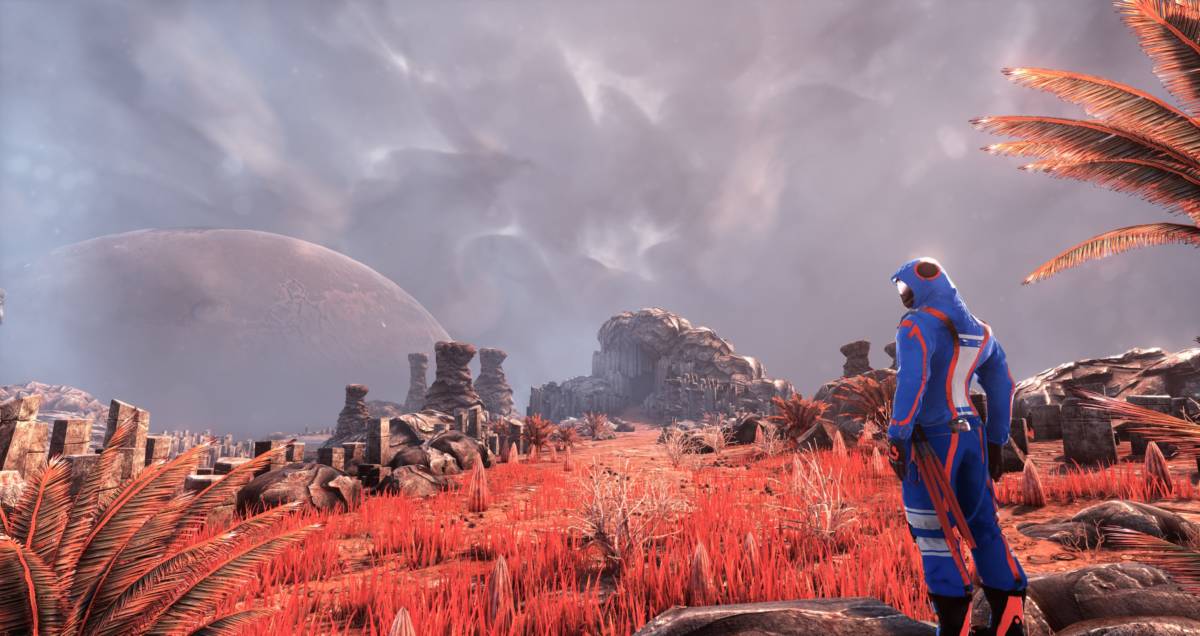“Photorealistic!”, “realistic graphics!”, “hyperrealism!” and “next-gen graphics!” are just some of the buzzwords used to market games nowadays. It has arrived at the point where there are gamers who will praise and play a game purely based on its graphics, ignoring the much more important aspects of story and gameplay.
Not only that, but more and more games strive to have a realistic experience in the way that hunger, thirst, temperature and sleep are factors affecting play, or modes where you can die from a single bullet depending on where it hit you. Not only does trying to make games as close to reality as possible contradict many of the reasons why gamers play video games, but it also takes away the art style, something which can make a game unique. It fits for some games, but most of the time, it doesn’t.

On the one hand, realism destroys some of the reasons why people play video games. One study found that one of the three main reasons is immersion. If a game has a plot, theme, or set of mechanics that are working purely thanks to the suspension of disbelief, there is no need for hyperrealism in the graphics, or environmental effects on survival. Not only that, but another study found that one of the main reasons for playing games is autonomy, and being in control of the game and the whole situation. This is also taken away by environmental effects.
The Solus Project, for example, has you teleport around on a foreign planet, while the technology on the planet varies between highly advanced and something out of Indiana Jones. At the same time, the game has you fight against extreme heat and frost, forces you to sleep, drink enough water, and eat enough food to survive, which can be jarring depending on the playstyle you choose, and in the end, restricts the choices that lead to survival. This awkward mix of realistic and unrealistic elements leads to an overall lower level of immersion.

Another problem with realistic graphics is that they often lead to the game’s art style losing all originality and sometimes, something which is even worse, unbefitting of the game itself. The first thing most people notice when they see a game or its promotional material is the art style. If it’s the same good-looking but dull realistic graphics they saw five games ago, it’s not going to make as much as an impact as a highly-stylized game. Persona 5, for example, has such a distinct art style that people cosplayed the UI. You could put any screenshot from that game somewhere and people who’ve played the game would recognize it. Telltale games also have a very distinct art style, and most people can tell that they developed the game after one glance at the game. Now, the art style doesn’t change in between the games, but it is still specific to the developer, which is also useful. Compare the high recognisability value of these art styles with that of realistic graphics as seen in Call of Duty or Battlefield, and you’ll notice a large difference. When all’s said and done, the art style is a large part of what makes a game memorable.
Some might say that the hyperrealism of some games is their niche and that they should stick to it. However, developers often pick and choose with which elements they want to stay true to reality. This begs the question: how far should developers stick with realism if they choose to go down that path? Should they stop at graphics? Should they stop at single environmental influences of survival, or should they try to implement as many as possible? Obviously, the more restrictions in place, the worse, but what is the general consensus? Skyrim, for example, has recently received an official update (soon to be paid DLC) adding Survival mode. The graphics, however, have stayed in the same high fantasy style, although photorealistic graphics mods are available. With the game’s fantastical premise of dragons and magic, an ultra-realistic style would not fit. Although realism was the aim, the graphics haven’t aged well and were not very realistic to begin with.

In the end, the amount of realism that fits in a game is dependent on its themes and mechanics, but a largely monotonous, realistic style means that the game won’t stand out in a crowd and on top of that, a game that relies on “realistic” mechanics and environments too much works against some of the reasons why people even play video games. Although developers are obviously free to choose the art style and mechanics as they please, they should consider what really is going on in the game’s themes and mechanics (and ultimately, within the player) before rushing to choose an art style just because it looks good, or pushing certain mechanics into the game for the pure sake of “realistic” survival.
At the end of the day, no matter how realistic, a game should be memorable, interesting, fun and challenging, as well as having elements that work together in harmony, instead of being barely pieced together. While it’s hard to get them all done perfectly, “a jack of all trades, master of none is oftentimes better than a master of one”.
Some of the coverage you find on Cultured Vultures contains affiliate links, which provide us with small commissions based on purchases made from visiting our site. We cover gaming news, movie reviews, wrestling and much more.


